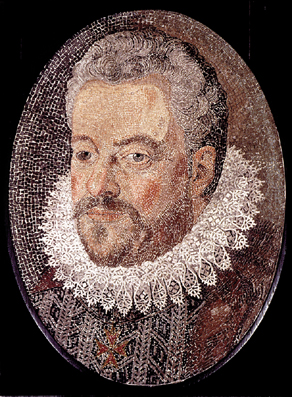Le LivornineThe Livornine
 La più ambita delle onorificenze è la cosiddetta “livornina”. Le livornine sono le leggi “più avventuristiche emesse il 30 luglio dell’anno della salutifera incarnazione del Signore 1591 da Don Ferdinando Medici, duca di Fiorenza et Siena, Signore di Porto Ferraio all’isola d’Elba , di Castiglion della Pescaia et dell’isola del Giglio”.
La più ambita delle onorificenze è la cosiddetta “livornina”. Le livornine sono le leggi “più avventuristiche emesse il 30 luglio dell’anno della salutifera incarnazione del Signore 1591 da Don Ferdinando Medici, duca di Fiorenza et Siena, Signore di Porto Ferraio all’isola d’Elba , di Castiglion della Pescaia et dell’isola del Giglio”.
La premessa è affascinante: “prima concediamo a voi tutti mercanti, Hebrei, Turchi, Mori et altri mercanti reali, libero et amplissimo salva condotto, facoltà et licenza che possiate venire, stare, trafficare, passare et abitare con le vostre famiglie e sensa esse, partire, tornare et negoziare altrove per tutto il nostro ducal dominio senza impedimento o molestia reale o personale…”
La storia di Livorno, Leghorn già anticamente nomato e poi ripristinato dalle truppe Anglo- Americane nella seconda guerra mondiale, ha le sue radici “libertarie” proprio in quelle leggi. Così la citta dei “privilegi” ebbe l’ avventura di esser meta di tutti i popoli a portata di mare e forse la radice “no global” del futuro.
Livorno fu invasa dai Greci, dagli ebrei Portoghesi, dagli Armeni, dai Greci Ortodossi, dagli Olandesi Alemanni, dalla comunità inglese, dai Siro Moronti, dai Valdesi, un favoloso miscuglio di razze et etnie di cui restano preziose tracce.
Quando Olimpio Bizzi, uno dei più grandi corridori ciclisti, il più grande a detta di Gino Bartali, veniva immortalato nelle foto; rappresentava la sintesi della razza Livornese: lo chiamavano “il Motorino” ma aveva qualcosa di tutti i suoi avi. Il primo ” livornino” della nostra storia. The most sought-after recognition is the so-called “livornina payday loans guaranteed no fax“. The citizens of Leghorn have the “most adventurous laws issued on 30th July of the year of the incarnation of our Lord 1591 by Don Ferdinando Medici, duke of Fiorenza et Siena, Lord of Porto Ferraio on the Isle of Elba, of Castiglion della Pescaia and of the Isle of Giglio”.
The most sought-after recognition is the so-called “livornina payday loans guaranteed no fax“. The citizens of Leghorn have the “most adventurous laws issued on 30th July of the year of the incarnation of our Lord 1591 by Don Ferdinando Medici, duke of Fiorenza et Siena, Lord of Porto Ferraio on the Isle of Elba, of Castiglion della Pescaia and of the Isle of Giglio”.
The introduction is fascinating: “first we grant to all you merchants, Jews, Turks, Moors and other real merchants, free and unhindered safe conduct and licence to come, stay, trade, and live with your families or without them, leave, come back and trade elsewhere in our Dukedom without hindrance or real or personal assault…”
The history of Leghorn, the ancient name of the city which was restored by the Anglo-American troops during the Second World War, drives its “libertarian” roots into those laws. The city of “privileges” therefore has the adventure of being the destination of many seafaring peoples and perhaps the “no global” root of the future. Leghorn was invaded by the Greeks, the Portuguese Jews, the Armenians, the orthodox Greeks, the Alemann Dutch, the English community, the Siro Moronti, the Valdesians, a fabulous mixture of races and ethnic groups, precious traces of which still remain.
When Olimpio Bizzi, one of the greatest Italian cyclists, the greatest in the world according to Gino Bartali, was immortalised in photos; he represented the synthesis of the Leghorn race: they called him the “Motorino” but he had something of all his ancestors. He was the first “Leghornian” of our history.
